6. Atlantis (Valentyn Vasyanovych, 2019)
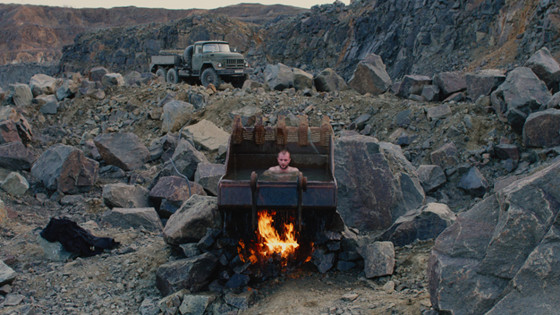
Eastern Ukraine, 2025. Ukraine has supposedly won its endless war against Russia, and the only things left behind are grey ruins and human devastation. Sergiy, a veteran who suffers from post-traumatic damage and severe mental pain, coexists alone with his war-veteran suicidal colleague. They are lost souls, living corpses that have been left behind by the dead. Sergiy will try to rebuild his extraordinary life by joining some ex-military groups that work destructing the old Russian mines and later on, by helping to bury the numerous bodies that haven’t been properly concealed yet.
Through an almost panoramic format, it is impossible to review Atlantis without commenting on its remarkably unique cinematography. Most of the film consists of long still wide shots that create a sense of distance, coolness, and desolation palpable in the lifeless human ghosts this dystopia portrays.
7. We Are Little Zombies (Nakoto Nagahisha, 2019)
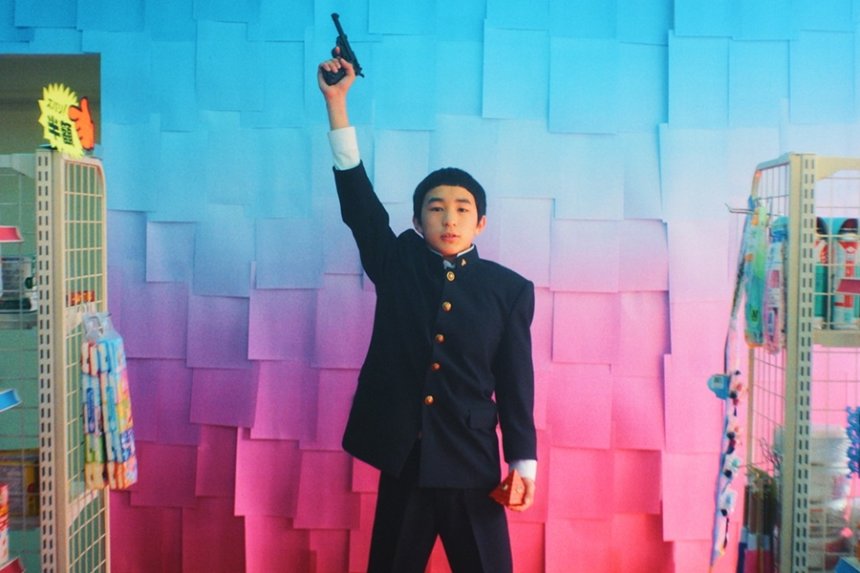
Social conventions have traditionally linked some public expressions of emotions to a concrete number of particular real-life situations. For instance, society expects children to be happy when they receive a present or devasted when a close family member dies. Well, We Are Little Zombies exceptionally succeeds in destroying the social rules that dictate how are people expected to act by displaying the story of four freshly orphan children that rationally decide to move on with their lives skipping the expected phase of mourning after experiencing such a tragedy.
Not only the plot is constantly reinventing itself by presenting new challenges and adventures to the emotionless protagonists of the film, but also the masterful editing and the self-consciousness of the film are taken to the next level as they create a unique retro videogame aesthetic that wonderfully incorporates musical, action or drama scenes knitting a giant pastiche of cinematic genres that goes far beyond the borders of cinema.
8. Corpus Christi (Jan Komasa, 2019)
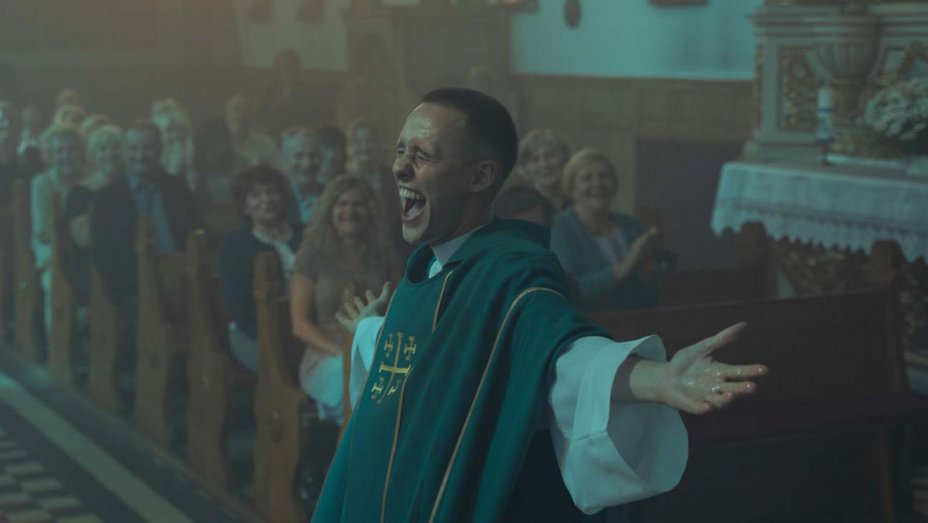
The third feature film of Polish director Jan Komasa presents a young man who has recently been jailed in a juvenile detention center and aspires to become a priest although he is denied so because of his criminal record. However, he will accidentally find an escape when visiting a small village that consists of the perfect religious community whose priest is leaving town and is searching for a temporal substitute. Once established, our protagonist will find out about a tragic accident that has violently divided this small community and will repeatedly work to reconcile it, without leaving apart his sexual and idle desires.
Corpus Christi is the universal tale of the ambiguity of morality; the fragility between what is considered good or evil and the hypocrisy social stigma can spread against human understanding and comprehension. The male lead of the movie, Bartosz Bielenia delivers a lifetime performance by perfectly managing to walk between the human contradictions of self-blame and the aspiration to socially escalate to move forward. The lightening work is superbly sculptured in Bielnia’s face, which portrays a clear physical evolution through the movie, making it visually transcendent.
9. Babyteeth (Shannon Murphy, 2019)
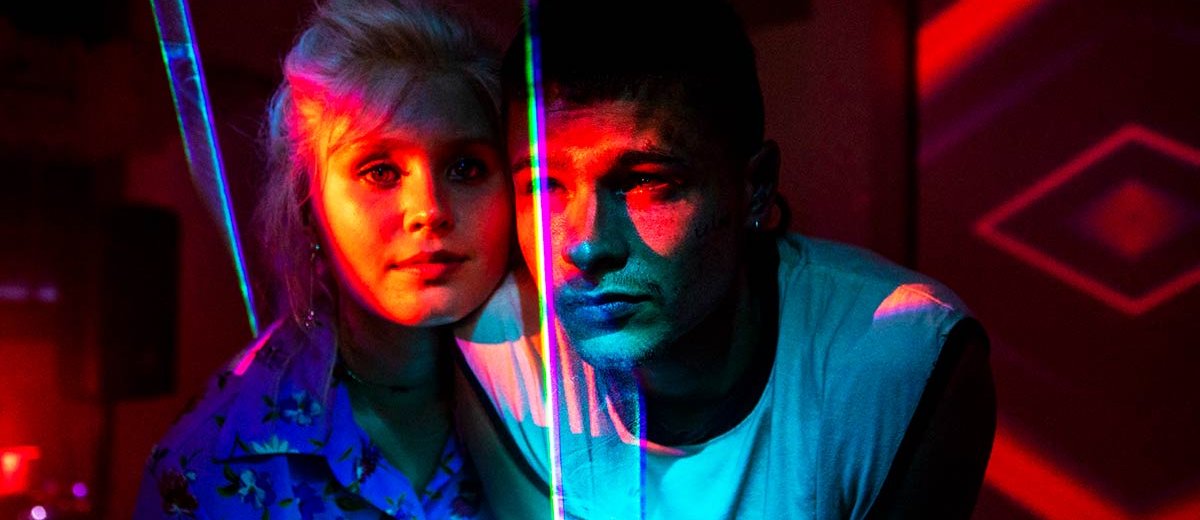
Shanon’s Murphy film debut is a freshly shot young girl cancer drama who finds her life shelter when she meets who will almost instantly become her boyfriend; a 23-year-old drug addict. Between absurd piano lessons and a constant struggle with her identity, Milla will bring a new reality to her middle-class conventionally unapparelled parents. This story may feel like the independent self-discovery teenager drama everybody has seen on a rainy Saturday afternoon, but its constant plot-twists and especially exceptional character development through realistically brilliant acting make this a whole new, necessary feature.
Babyteeth succeeds in developing a truly heartbreaking story mostly through superb irony and daily-life accidents that constantly make the spectator actively emphasize the discrepancies of the characters by asking ourselves “what would I do if…”?
10. Vivarium (Lorcan Finnegan, 2019)
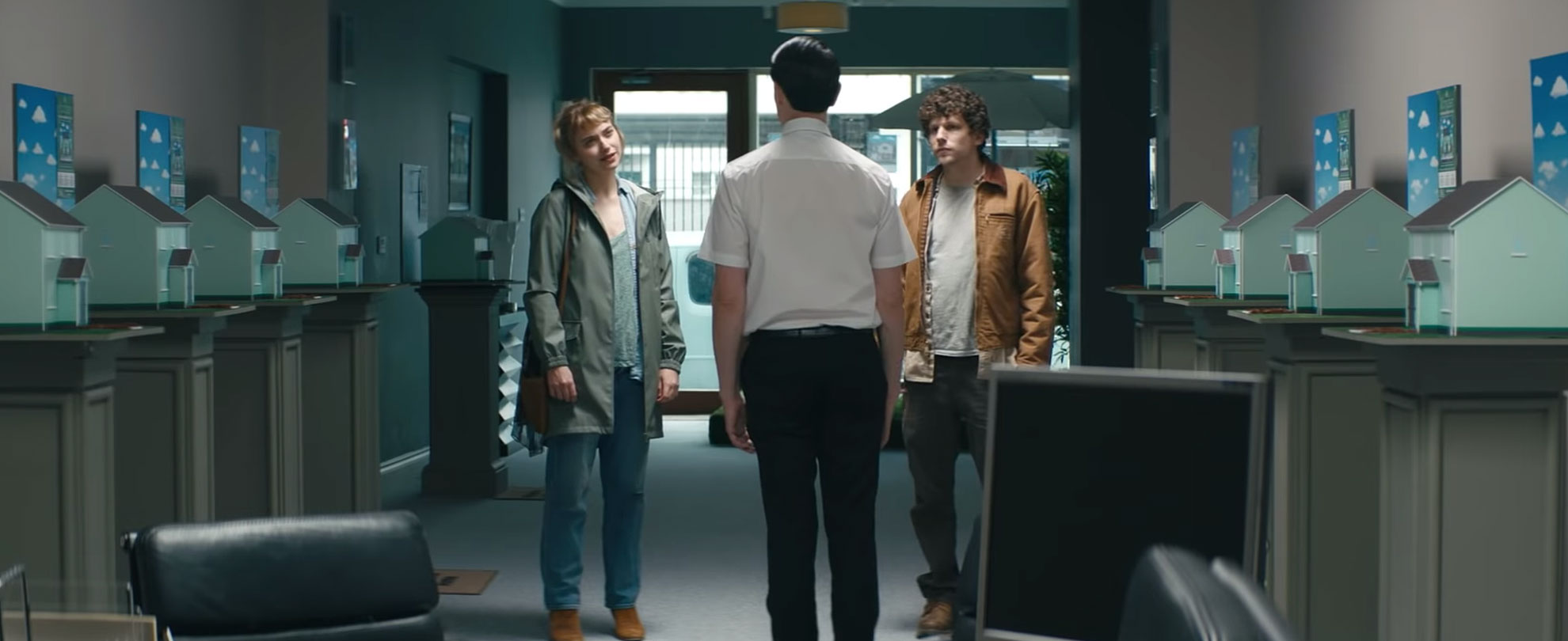
A young engaged couple is searching for the ideal home to settle in and start a life project. When discovering an office of a real estate company, a peculiar receptionist introduces them to the Vivarium project: a suburb complex of identical single-family houses located on the outskirts. Unconvinced, the couple decides to visit him complacently with the insistence of the realtor.
After showing the different rooms of house number 9 of this giant neighborhood, the agent suddenly disappears leaving the couple alone in this labyrinth set of single-family houses, all perfectly finished yet horribly identical and empty. After a few desperate attempts to escape from this hell of artificial tranquility, the couple will be forced to survive in this enormous space loop.
However, Vivarium is not a realistic movie, rather the opposite. The film, which could perfectly be a special Black Mirror episode, embraces the terrain between the fantasy genre, the dystopian science fiction, and the claustrophobic terror to portray the social asphyxia that the idealistic family of American dream represents. All the cinematographic resources are masterfully used to the service of the plot and always taken to the extreme. In this way, Finnegan directs from the counterweight to increase the sensation of claustrophobia, placing exaggeratedly optical openings that distort the angles and condense the space.
The chromatic range dominated by ocher green, dyes the film of gross artificiality often giving us the sensation of unreality and a certain onirism. Finally, the lighting, always artificial and constructed from a set, causes the characters to appear to be in a prefabricated synthetic bubble that is between the Truman Show bubble and the Twin Peaks red room. With Vivarium, Finnegan proofs his ability to remark profound social criticism of the western modern-day societies from an arthouse movie that contains a certain amount of visual experimentation.